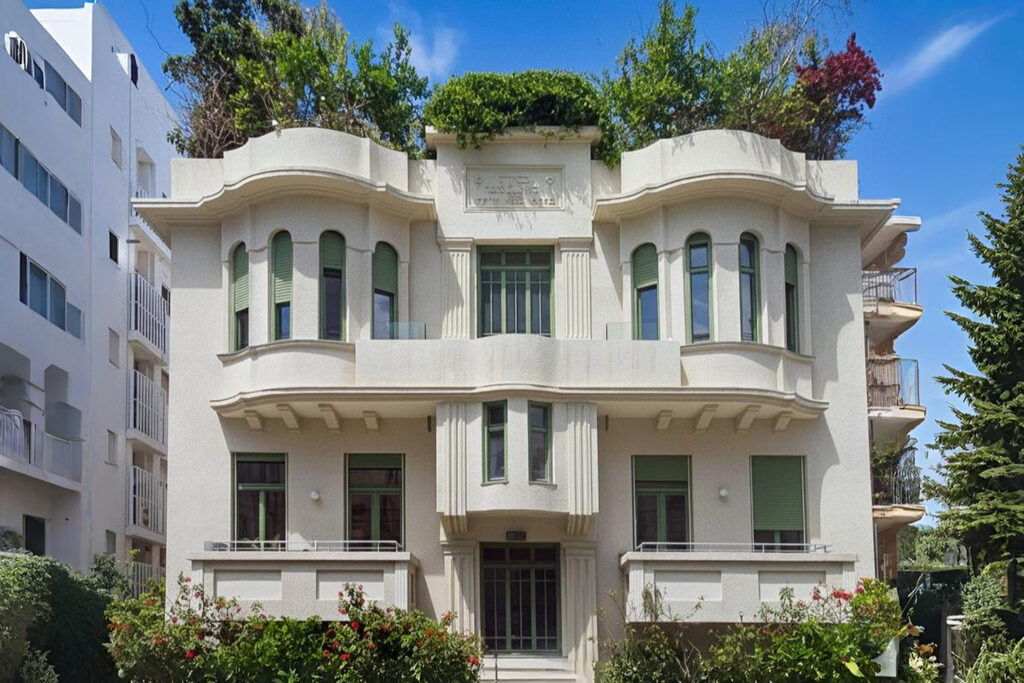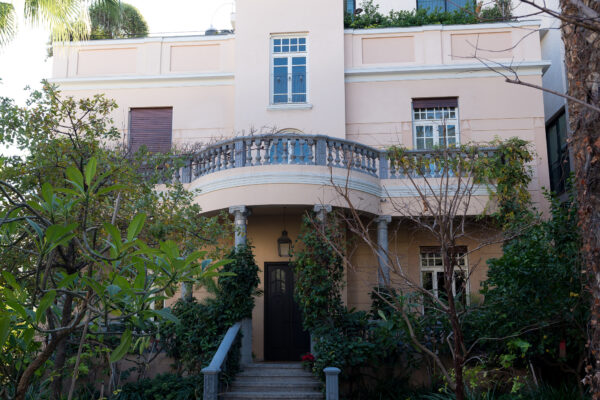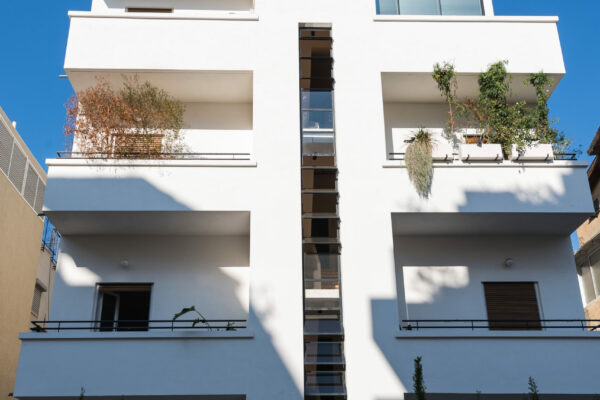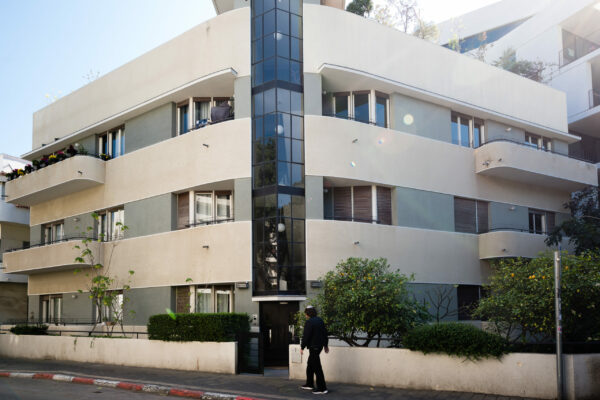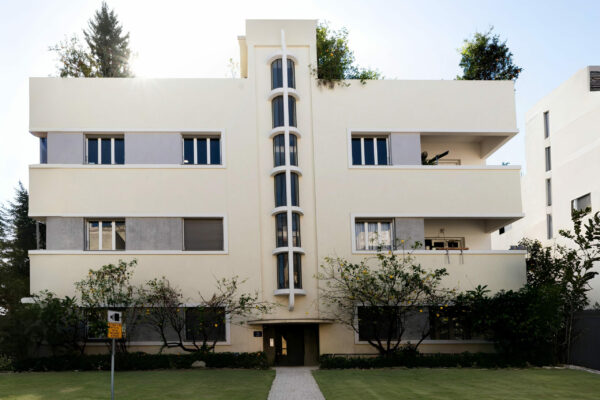If you’ve been eyeing that stunning 1930s building in Rothschild Boulevard or that elegant historical gem in Neve Tzedek, you’ve likely encountered the term “leshimur” (לשימור). In Hebrew, “leshimur” translates to “for preservation,” and understanding this designation could be the difference between a profitable luxury investment and a bureaucratic nightmare.
Tel Aviv’s leshimur buildings represent some of the city’s most architecturally significant properties, but they come with a complex web of regulations, restrictions, and surprisingly, hidden opportunities that most international investors completely overlook. With over 4,000 Bauhaus buildings comprising the UNESCO-protected White City, but also Mediterranean Style, Eclectic, Brutalist, etc. navigation of preservation policies isn’t just recommended – it’s essential for any serious luxury real estate strategy in Tel Aviv.
What Makes a Building “Leshimur”?
A leshimur designation means the Tel Aviv Municipality has classified a building as historically or architecturally significant, requiring special permits for any modifications. About 1,000 of the 4,000 Bauhaus structures are now protected under historic preservation guidelines, with the municipality expanding this list annually as it recognizes the investment value of protecting its architectural heritage.
The designation typically applies to:
- Original Bauhaus buildings from the 1930s-1950s
- Eclectic style buildings from the early 1900s
- Culturally significant structures that shaped Tel Aviv’s identity
- Buildings that contribute to the UNESCO World Heritage Site status
But here’s what most people don’t understand: leshimur status isn’t a death sentence for development – it’s a different set of rules that, when navigated correctly, can actually enhance property values significantly.
The Investment Paradox: Restrictions That Create Value
The preservation policies create what economists call “artificial scarcity.” Tel Aviv designates building historic and then charges the owners an improvement tax for the honor, but this seemingly punitive approach masks a deeper opportunity. When supply is restricted by preservation laws, properly renovated leshimur buildings command premium prices that often exceed comparable non-historic properties.
The key lies in understanding the renovation framework. While you cannot demolish or drastically alter the exterior facade, interior renovations are not only permitted but encouraged – with specific guidelines that, when followed creatively, can produce stunning luxury residences that blend historic character with modern amenities.
Municipal Incentives: The Hidden Support System
Contrary to popular belief, the Tel Aviv Municipality doesn’t just restrict, it also incentivizes. The municipality authorized a new framework: building owners can receive grants worth ILS 30,000 if they present a renovation plan that complies with municipality’s requirements. While this specific program has evolved, the principle remains: the city wants these buildings preserved and is willing to provide financial support for quality renovation projects.
Current incentive programs include:
- Fast-track permit processing for compliant renovation plans
- Reduced development fees for preservation-focused projects
- Tax considerations for historically accurate restorations
- Municipal support for facade restoration projects
The Luxury Renovation Strategy
Smart investors approach leshimur buildings with a “preservation-first, luxury-second” mindset that paradoxically delivers the best of both worlds. The most successful projects maintain historic facades while creating contemporary luxury interiors that rival any new construction.
Winning strategies include:
- Vertical Expansion: Many leshimur buildings allow rooftop additions that don’t alter the historic facade
- Interior Reconfiguration: Open-plan luxury layouts within preserved exterior walls
- Courtyard Development: Adding modern amenities in interior courtyards while preserving street-facing architecture
- Technological Integration: Smart home systems that don’t impact historic facades
International Buyer Appeal: Authenticity Premium
Here’s the luxury market secret: international buyers increasingly prefer historic character over sterile new construction. A properly renovated leshimur building offers something no new tower can provide – authentic connection to Tel Aviv’s cultural story combined with modern luxury amenities.
Properties that successfully navigate preservation requirements while delivering contemporary luxury experiences command 15-25% premiums over comparable new construction. For international buyers seeking Tel Aviv properties with genuine character and cultural significance, leshimur buildings represent the ultimate combination of investment security and lifestyle authenticity.
Due Diligence Essentials
Before investing in any leshimur property, sophisticated buyers should:
- Commission a preservation compliance report from qualified architects
- Understand specific restrictions and permitted modifications for that building
- Calculate renovation costs including preservation requirements
- Verify municipal incentive eligibility
- Assess comparable sales of renovated historic properties in the area
The bottom line: leshimur buildings aren’t obstacles to luxury development – they’re opportunities for investors who understand that in Tel Aviv’s competitive luxury market, authentic character combined with preservation pedigree creates irreplaceable value that new construction simply cannot match.

